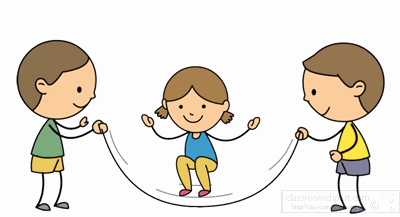In my previous posts, I have
praised the multiple benefits of working on Cooperative Learning in EFL
teaching/learning. The advantages of this strategy are undeniable, but what
about our context? Is there any disadvantage of working on Cooperative Learning
in Colombian Classrooms? The answer is pretty clear. Indeed, I have found myself
struggling with CL. However, this does not imply that CL is inefficient or inadvisable
in Colombia. On the contrary, I highly suggest Colombian teachers giving
Cooperative Learning a try. Therefore, I want to highlight the most common
challenges of CL and some simple ways to overcome them.
A LARGE NUMBER OF STUDENTS
A major disadvantage of
Cooperative Learning, and of any other approach or method I have known, is the
number of students. We all know it is not the same to work with 20 students
than to work with 40. Even when you are working with small groups it is still
difficult to assist everyone. If you do not find a solution to this issue, your
class may become a mess, and your students might feel lost. Therefore, the best
way to overcome this problem is to prepare your class meticulously and make
sure all your students understand the main goal and the steps they have to
follow in order to accomplish it. By doing this, you are avoiding unnecessary questions
from your students, and they will be able to follow and complete the task in a
more independent way. Another strategy you can implement is to assign roles to
your students, making sure they will come up with their own solutions to continue
their tasks without excessive teacher’s intervention.
SMALL CLASSROOMS
Clearly, most Colombian classrooms
are really small for the number of students they have. When students do not
feel comfortable in their environment, they might get anxious, distracted, and disengaged.
As CL requires making groups, students need enough space for moving around the
classroom. One solution I have found for this issue is the arrangement of the
seats. Believe it or not, the way you organize the seats around the classroom
makes a great difference in physical space. According to the number of students
per group, I have organized the seats in a comfortable way, in which everyone
can stand up or walk without any problem. If you consider the size of your
classroom and take advantage of every little space you will notice a difference.
However, there are many CL activities that allow you to go outside from the
classroom and find a better space for learning.
TOO MUCH TALKING
 Although Cooperative Learning intends
to have your students discussing and participating in their groups, sometimes not
class-related conversations can happen. Therefore, you as the guide and facilitator
must be checking your groups and making sure they are working and following the
steps for achieving their goal. You can also set expectations at the beginning
of each task, explaining the moments when your students should be working and
talking over their task and the moments they can have small personal chats. If
some groups finish their task first, they probably may start talking with their
partners. This chatting can distract other groups, impeding the flow of the
class and harming others’ performance. To avoid this, you can bring to your
class a small box or jar with several options for your students to do when they
are finished with their work. The members of the group can select one paper
inside this box and follow the directions. In the image you have an example taken from Pinterest,
this way of avoiding distracting conversations is fun and engaging for your
students, make sure you try it.
Although Cooperative Learning intends
to have your students discussing and participating in their groups, sometimes not
class-related conversations can happen. Therefore, you as the guide and facilitator
must be checking your groups and making sure they are working and following the
steps for achieving their goal. You can also set expectations at the beginning
of each task, explaining the moments when your students should be working and
talking over their task and the moments they can have small personal chats. If
some groups finish their task first, they probably may start talking with their
partners. This chatting can distract other groups, impeding the flow of the
class and harming others’ performance. To avoid this, you can bring to your
class a small box or jar with several options for your students to do when they
are finished with their work. The members of the group can select one paper
inside this box and follow the directions. In the image you have an example taken from Pinterest,
this way of avoiding distracting conversations is fun and engaging for your
students, make sure you try it.










